X100f Nd Filter How To Use ?
To use an ND filter on the Fujifilm X100F, follow these steps:
1. Screw the ND filter onto the front of the lens. Make sure it is securely attached.
2. Turn on the camera and set it to manual mode.
3. Adjust the aperture and shutter speed to your desired settings.
4. Press the "Fn" button on the back of the camera.
5. Use the arrow keys to navigate to the "ND Filter" option.
6. Select the desired strength of the ND filter (1 stop, 2 stops, or 3 stops).
7. Take your photo.
The ND filter will reduce the amount of light entering the lens, allowing you to use slower shutter speeds or wider apertures in bright conditions. This can be useful for creating motion blur in water or clouds, or for achieving a shallow depth of field in bright sunlight.
1、 Understanding ND Filters
To use an ND filter with the Fujifilm x100f, you will need to purchase a filter that is compatible with the lens size of the camera. Once you have the filter, you can attach it to the front of the lens and adjust the settings on the camera accordingly.
ND filters are used to reduce the amount of light that enters the camera, allowing you to use slower shutter speeds or wider apertures in bright conditions. This can be useful for creating motion blur in water or clouds, or for achieving a shallow depth of field in bright sunlight.
When using an ND filter, you will need to adjust the exposure settings on your camera to compensate for the reduced light. This may involve using a slower shutter speed, a wider aperture, or a higher ISO setting.
It is important to note that different ND filters have different levels of light reduction, measured in stops. A 1-stop filter will reduce the light by half, while a 10-stop filter will reduce the light by a factor of 1000. Choosing the right filter for your needs will depend on the specific conditions you are shooting in and the effect you want to achieve.
In recent years, there has been a growing trend towards using variable ND filters, which allow you to adjust the level of light reduction by rotating the filter. These can be particularly useful for video work, where you may need to adjust the exposure settings on the fly.

2、 Choosing the Right ND Filter Strength
When it comes to choosing the right ND filter strength for your x100f camera, there are a few factors to consider. ND filters are used to reduce the amount of light entering the camera, allowing you to use slower shutter speeds or wider apertures in bright conditions. The strength of the filter is measured in stops, with higher numbers indicating a greater reduction in light.
The first factor to consider is the lighting conditions you will be shooting in. If you are shooting in bright sunlight, you will need a stronger ND filter to achieve the desired effect. A 6-stop or 10-stop filter is ideal for bright conditions, while a 3-stop filter may be sufficient for slightly overcast or shaded conditions.
Another factor to consider is the effect you want to achieve. A stronger ND filter will allow you to create longer exposures, which can be used to create motion blur in water or clouds, or to capture light trails at night. A weaker ND filter may be sufficient if you simply want to use a wider aperture in bright conditions.
It's also important to consider the quality of the ND filter you choose. Cheaper filters may introduce color casts or reduce image sharpness, so it's worth investing in a high-quality filter from a reputable brand.
In summary, when choosing the right ND filter strength for your x100f camera, consider the lighting conditions, the effect you want to achieve, and the quality of the filter. Experiment with different strengths to find the perfect balance for your needs.

3、 Attaching the ND Filter to the X100F
Attaching the ND Filter to the X100F is a simple process that can greatly enhance your photography experience. The X100F is compatible with the Fujifilm PRF-49S 49mm protector filter, which can be used as an ND filter by adjusting the camera settings accordingly. However, for more precise control over the amount of light entering the lens, it is recommended to use a dedicated ND filter.
To attach the ND filter to the X100F, first, remove the lens cap and unscrew the protector filter if one is already attached. Then, screw the ND filter onto the lens in its place. Make sure to align the filter correctly and tighten it securely to prevent any light leaks.
Once the ND filter is attached, you can adjust the camera settings to compensate for the reduced amount of light entering the lens. This can be done by either increasing the aperture or decreasing the shutter speed. The exact settings will depend on the strength of the ND filter and the lighting conditions of your environment.
It is important to note that using an ND filter can greatly affect the overall look and feel of your photos. It can create a more dramatic effect by allowing you to use slower shutter speeds to capture motion blur or create a shallow depth of field in bright daylight conditions. However, it can also require some experimentation and practice to achieve the desired results.
In conclusion, attaching an ND filter to the X100F is a simple process that can greatly enhance your photography experience. It allows for more precise control over the amount of light entering the lens and can create unique and dramatic effects in your photos.

4、 Adjusting Camera Settings for ND Filter Use
Adjusting Camera Settings for ND Filter Use
x100f nd filter how to use? When using an ND filter, it is important to adjust your camera settings accordingly to achieve the desired effect. Here are some tips on how to adjust your camera settings for ND filter use:
1. Set your camera to manual mode: This will give you full control over your camera settings and allow you to adjust them as needed.
2. Choose your aperture: Depending on the lighting conditions and the effect you want to achieve, you may need to adjust your aperture. A wider aperture (lower f-stop number) will let in more light, while a narrower aperture (higher f-stop number) will let in less light.
3. Set your ISO: ISO determines the sensitivity of your camera's sensor to light. In bright conditions, you can use a lower ISO to reduce noise in your images. In low light conditions, you may need to increase your ISO to get a properly exposed image.
4. Adjust your shutter speed: With an ND filter, you can use a slower shutter speed to achieve a longer exposure time. This can create a motion blur effect in your images, such as smoothing out water or clouds.
5. Use a tripod: When using a slower shutter speed, it is important to keep your camera steady to avoid camera shake. A tripod can help you achieve a sharp image.
The latest point of view on using ND filters is that they are a great tool for photographers to control the amount of light entering the camera and achieve creative effects. ND filters are particularly useful for landscape and long exposure photography, as they allow you to capture movement and create a sense of motion in your images. With the right camera settings and technique, you can achieve stunning results with an ND filter.






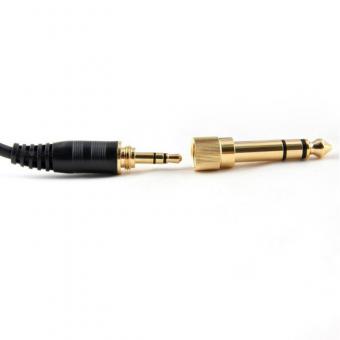




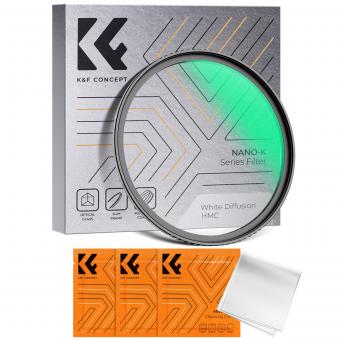
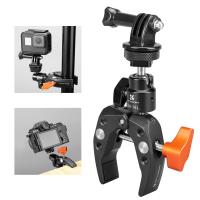

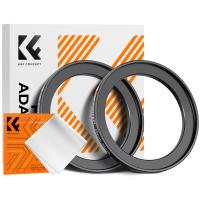

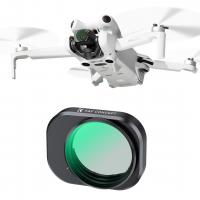
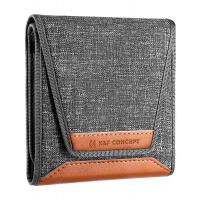


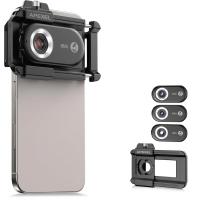


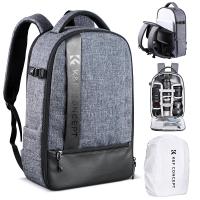

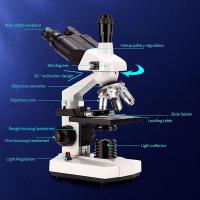
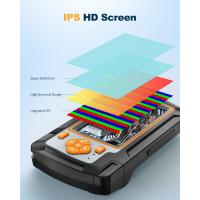
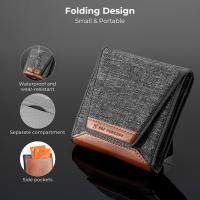
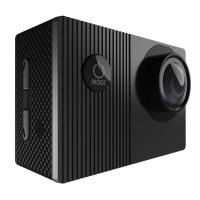
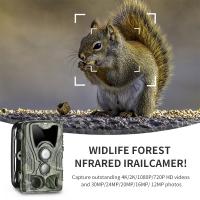
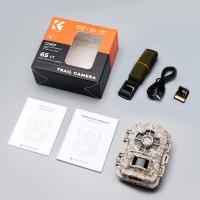
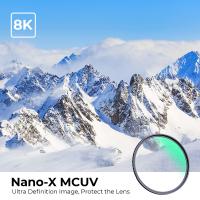
There are no comments for this blog.